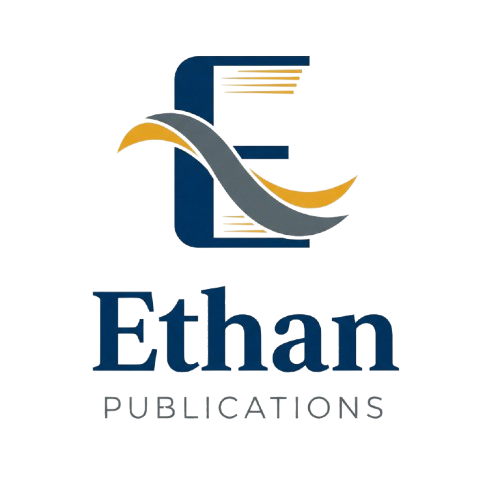PUSHING THE BOUNDARIES OF CSR: INSIGHTS INTO ITS INFLUENCE ON NIGERIAN BUSINESS SUSTAINABILITY
Authors: Chinedu Emeka Okafor
DOI: 10.5281/zenodo.17199405
Published: October 2024
Abstract
<p>This paper appraised Corporate Social Responsibility initiatives in the Nigerian banking industry. It considered the vagaries of the drive and the challenges encountered in executing the same. It raises the exposition that in relation to the banking sector, CSR is said to be the obligation of the banks to manage their social, economic, and environmental activities at local and global level. It reiterated the involvement of the bank considering not only their profitability and growth, but also the interest of the society and the environment by taking responsibility for the impact of their business activities on stakeholders, employees, shareholders, customers, suppliers, and the civil society represented by NGOs and x-rays the literature itemized concerning CSR initiatives in financial institutions viz a viz their capacity to ensure sustainable development. It found that although banks are not directly involved with the degradation of the natural environment, they are facilitators as they are suppliers of funds that support production process that ultimately causes environmental degradation and as such, since the activities of banks, such as their lending and investment policies, can be considered as equally environmentally sensitive when compared with the direct effect of polluting industries that are dependent on banks, it behoves on them to perform corporate social responsibility in their domains of operation covering social, economic and environmental well-being and development in order to enhance sustainable development. The paper concludes that despite the debilitating challenges militating against Corporate Social Responsibility initiatives in the Nigerian banking industry, the imperatives for its execution are far more compelling to prevent its continued execution and operations</p>
Full Text
No full text available
Cite this Article
References
- No references available.
